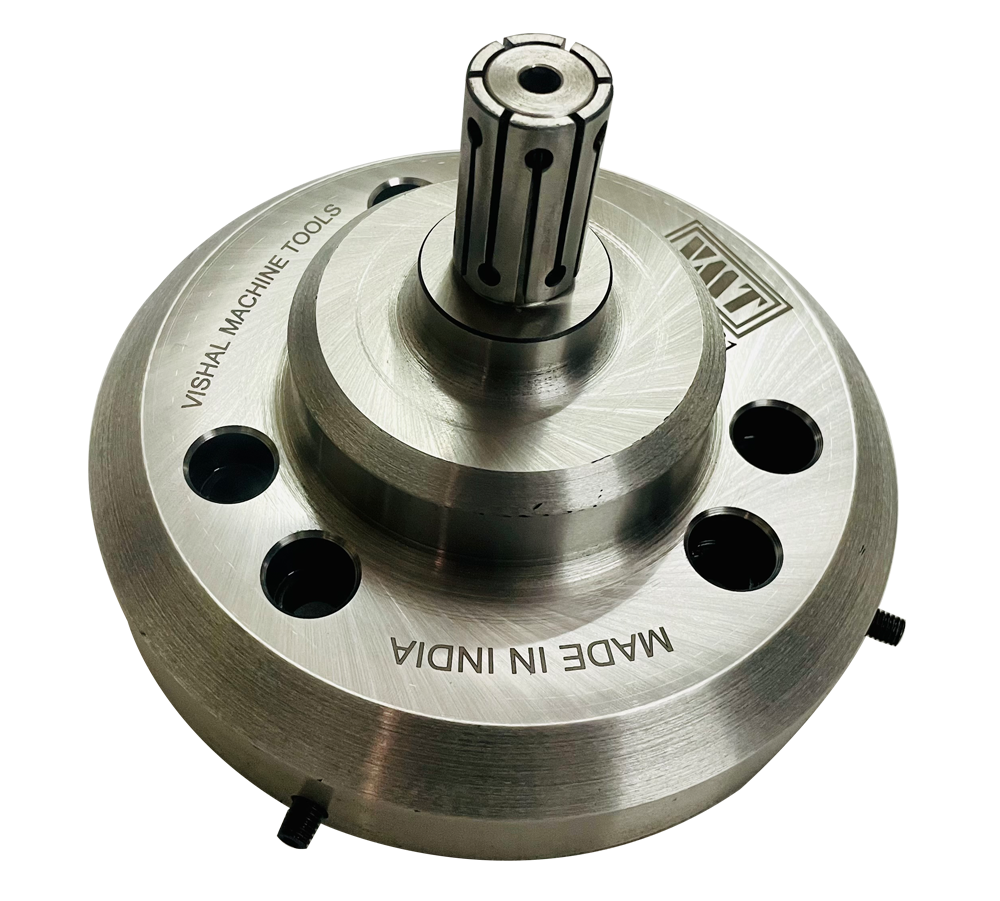Looking to boost your manufacturing efficiency? When it comes to workholding solutions, a pneumatic Chuck system might be the game changer your operation needs. Let’s walk through the real benefits that make this investment worth every penny.
Smart Money Moves in Modern Manufacturing
Operating a machine shop means constantly weighing costs against benefits. Your current manual chuck setup might seem fine, but hidden inefficiencies could be eating into your profits every single day.
- Time tracking matters because every minute spent on manual chuck adjustments adds up to hours of lost production time
- Labour costs drop when operators spend less time wrestling with manual clamping mechanisms
- Equipment longevity increases due to consistent, controlled pressure applications
- Production speed improves significantly with quick release capabilities.
Quick Wins for Your Shop Floor
The pneumatic Chuck brings immediate benefits that you’ll notice from day one. Think about those times when your operators struggled with difficult setups or inconsistent clamping pressure.
- Setup simplification reduces operator fatigue and cuts changeover time by up to 60%
- Pressure consistency means better part quality and fewer rejects
- Automated operation allows one operator to manage multiple machines
- Worker satisfaction increases with reduced physical strain
Quality That Speaks for Itself
When you implement a pneumatic chuck, quality improvements become evident in your finished products. The precision and consistency of pneumatic clamping elevate your manufacturing standards.
- Surface finish quality improves due to eliminated vibration issues
- Part repeatability reaches new levels of consistency
- Dimensional accuracy stays constant throughout production runs
- Scrap reduction often exceeds 25% in the first three months.
Safe and Sound Operations
Shop floor safety takes a leap forward with modern Pneumatic Chuck systems. Your team deserves the best protection while maintaining high productivity.
- Injury prevention through automated clamping reduces workplace accidents
- Ergonomic benefits lead to fewer repetitive strain injuries
- Operator confidence grows with reliable automated systems
- Insurance costs often decrease due to improved safety records
Smart Investment Strategies
Starting the upgrade process requires careful planning. Consider the long-term benefits while managing initial expenses effectively.
- Cost analysis should include both direct and indirect savings potential
- Implementation planning needs to account for training and adjustment periods
- Infrastructure requirements must be evaluated before installation
- Supplier selection impacts long-term success and support
- ROI calculations should factor in all productivity improvements
Making the Right Choice
Want to know if this upgrade makes sense for your operation? Look at your current production bottlenecks and quality issues. Consider how automated workholding could address these challenges.
